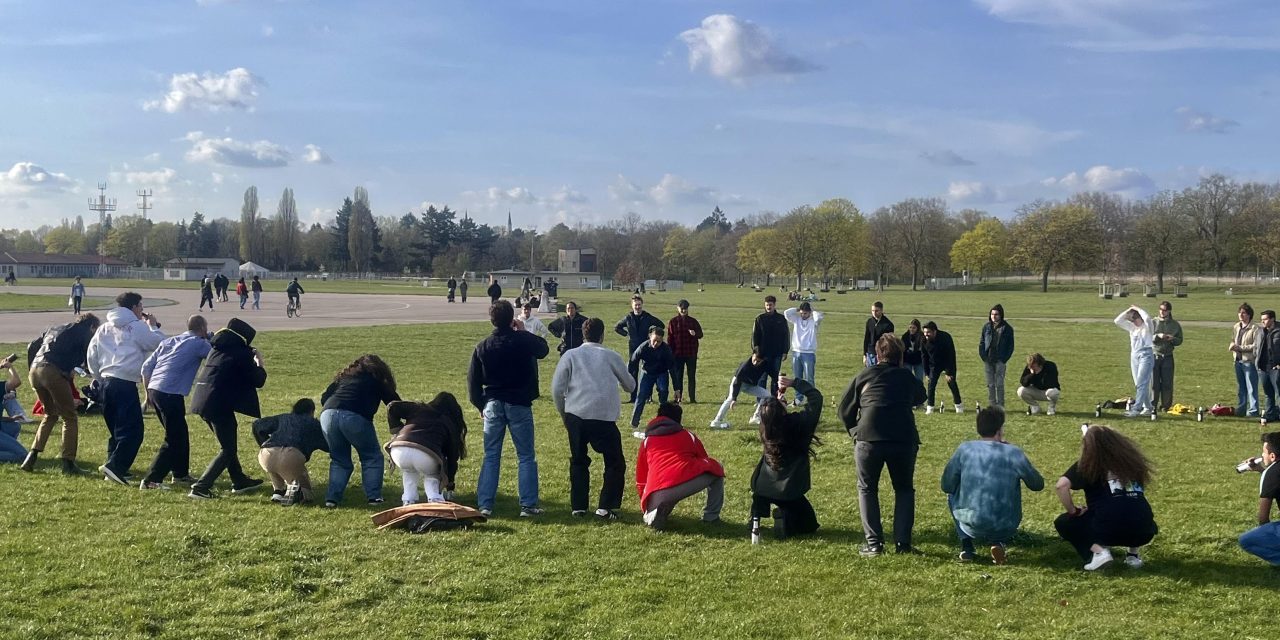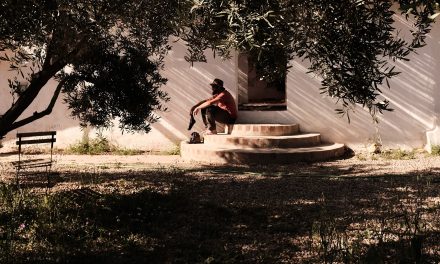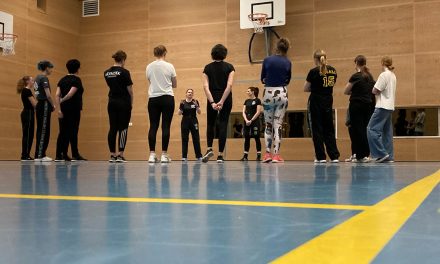Berlin draws international students with its world-class universities and diverse community. Yet beneath the excitement, some students thrive while others struggle to find their place. With many initiatives designed to ease the transition, the question remains: do international students truly feel at home in Berlin?
The wind swept across Tempelhofer Feld, tugging at blankets and tossing hair into eyes — but no one seemed to mind. The sun was out, and that alone was cause for celebration. In the wide-open field, international students had gathered for an oddly charming tradition: a Beerball Tournament hosted by Erasmus Student Network (ESN) Berlin. Laughter echoed as players sprinted across the grass, cheering for teams formed minutes before. There was no scoreboard — only a shared sense of fun and quiet relief at not being alone in a new city.
For many students arriving in Berlin, the city can feel like a puzzle too large to solve. Its pace, its anonymity — all of it thrilling, yet isolating. ESN Berlin offers moments of connection through low-pressure events that make meeting people feel natural rather than nerve-wracking. “Our main objective is to give them some kind of platform, some kind of possibility to meet others from the community, like from the community of international students in Berlin,” says ESN Berlin president Charlotte Moller.
As explained by Charlotte, since the city is so big and everything can feel very anonymous, it helps when students find friends through shared experiences. These kinds of activities create more opportunities for international students to meet people because everyone is going through a similar experience.
“The bar nights are a weekly recurring event, but we try to focus on different activities because we believe it’s important to offer alternative programs for people who aren’t interested in the party scene,” notes Charlotte. She also explains that ESN organizes cultural events like museum visits and city tours. The organization focuses on diverse events because they have different working groups and want to provide something for everyone living in Berlin.
In the 2021/2022 academic year, Berlin hosted approximately 202,000 students, nearly 40,000 of whom were international. This makes it the third most popular German city among international students. Nationally, Germany saw a 3% rise in international student enrolment in the winter semester of 2023/2024, reaching nearly 380,000 students. Although exact figures for Berlin during this period are unavailable, it likely followed the same upward trend.
As international student numbers continue to rise, so does the importance of helping them feel at home. Vilnius University ERASMUS+ Incoming Student Coordinator Paulina Dainiūtė highlights the importance of inclusive activities and the emotional support networks available to international students. “Get involved in inclusive activities and events as much as possible,” she advises. According to Paulina, social networks and friendships are key to maintaining emotional balance while studying abroad, especially during the initial stages of adaptation when homesickness and loneliness are common.
“Students almost always go through various stages of adaptation when they arrive. Some students, not having found the right support, stop their exchange studies at this point and return home.” Building these connections not only helps students integrate but also supports their mental health. “Even the most timid students gain courage during their exchange studies,” she adds. “I think that unconfident students can benefit even more from an exchange… because they have to take care of things on their own that they might not have to take care of in their home country.”
Beyond student groups, Berlin’s institutions are stepping up their efforts. In partnership with DAAD and the Federal Ministry of Education and Research, universities are launching initiatives to support international students during their studies and help them transition into the German job market. One such effort is the FIT program, starting in spring 2024 with up to €1 million in funding.
Still, despite all these structures and supports, the feeling of belonging in a city like Berlin is often deeply personal. For students like Ieva Šitkauskaitė, Berlin is more than a study destination — it is a hub of artistic discovery and global connection. “I have been living in Berlin for almost two years now. Honestly, what drew me here was the city’s vibrant art scene,” says Ieva Šitkauskaitė, an international architecture student living in Berlin. For Ieva, it is important to explore what is currently going on in the art world and Berlin is perfect for this. She visits contemporary exhibitions, learns from professors from around the world and sees what is shaping the art sphere right now.
As told by Ieva the biggest challenge while living in Berlin is figuring out what you want to do because Berlin can offer you a lot, but it can also lead you in the wrong direction if the student is not sure about his path. “Finding your circle of people helps when you have activities you enjoy and can connect with like-minded people, but it takes time.”
“Finding your circle of people helps when you have activities you enjoy and can connect with like-minded people, but it takes time.”
Nevertheless, Ieva believes that Berlin offers something unique. “What’s great about Berlin is that there are so many communities all around the city. If you have a hobby or something you like to do, it is easy to find like-minded people.” She adds, “There are a lot of people doing their own thing, and everyone is still kind of figuring out where they belong in Berlin.” That shared sense of searching can ironically become the thing that unites international students. “You get those little moments of feeling lost in the city, or like you don’t quite belong. But I think Berlin is a gift to anyone, especially for those studying abroad who want to feel welcome.”
A city full of opportunity, yet often filled with moments of uncertainty. It is those moments, however, that draw people together in the most unexpected ways. The sun began to sink behind Tempelhofer Feld, casting a warm haze over the field as the last plastic cup hit the grass. Conversations flowed between languages, and no one seemed in a rush to leave. In a city of millions, a field of a few dozen students felt like home — if only for an afternoon.




